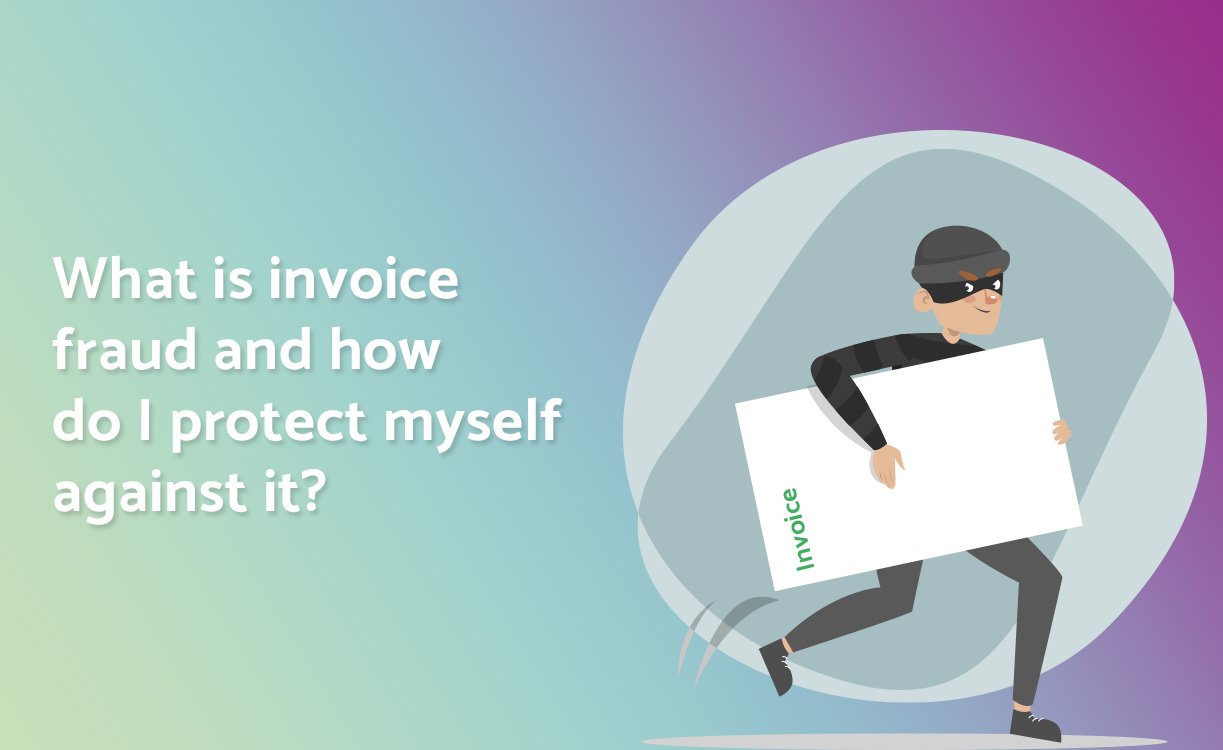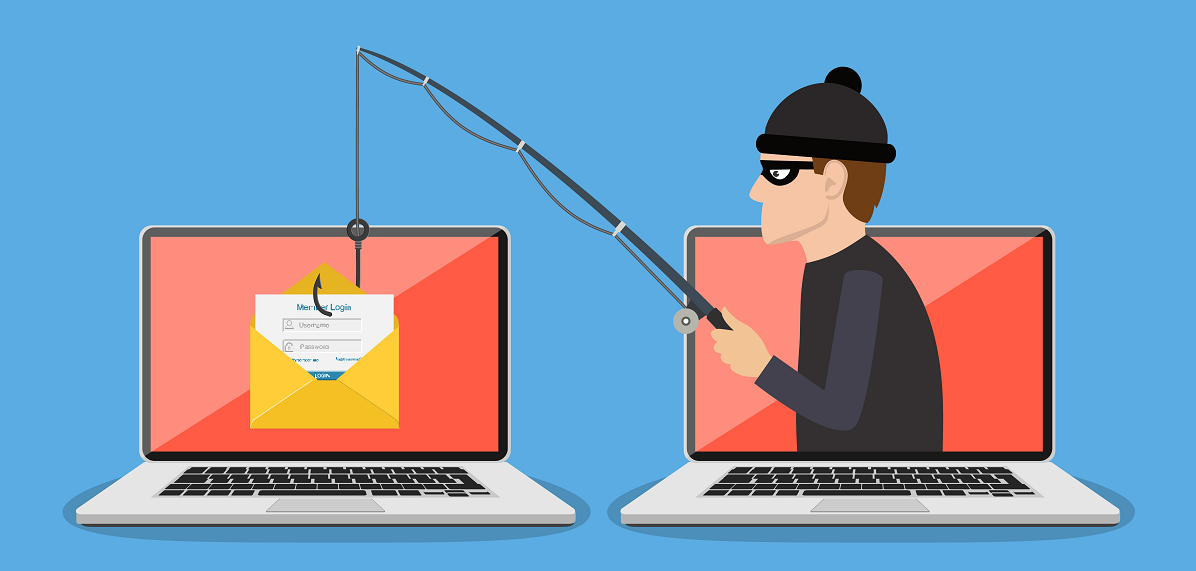What is invoice fraud and how do I protect myself against it?
Invoice fraud. Ever heard of it? Besides phishing, it is a common form of fraud. In this case, a swindler replaces your supplier’s account number with their own account number. Your supplier has not been paid because fraudsters have made off with your money.

What is invoice fraud?
We speak of invoice fraud when fraudsters falsify an invoice. The criminals intercept a real invoice from one of your suppliers. You receive a copy on which they have changed the account number to their own.
As the recipient, you are not aware of anything being wrong. The invoice looks, apart from the account number, identical to an ordinary invoice.
So, if you receive a reminder for an invoice that you have already paid, you may have become a victim of invoice fraud. This can happen to anyone, both as a consumer and in a B2B context.
How do the fraudsters operate?
Invoice fraud starts with the interception of an invoice. Scammers are often creative in this respect, including:
- Picking up an invoice from your letterbox or the waste paper bin waiting for collection on the street.
- Fishing invoices out of red letter boxes, or even stealing them from postal sorting centres.
- Hacking into your supplier's IT system. Then they intercept the invoice e-mails and change the account number.
-
This digital invoice fraud is becoming more and more common. We advise you to be wary of the invoices you receive electronically as well.
Such criminals are also resourceful when it comes to changing the account number, including:
- Scanning the original invoice and using software to adjust the sender's details.
- Attaching a letter to the invoice stating that the account number has changed.
- Put a sticker on the invoice with a fraudulent message.

How do you protect your business against invoice fraud?
Outsmart clever scammers and pay attention to the following matters:
- Take the time to compare the account number on the invoice with the account number on your supplier's website or order form. Check in your banking app whether you paid earlier invoices to the same account number.
- It is always advisable to be extra vigilant when you see the notification of a new account number.
- Feel free to call the supplier. Use the number you know or find online; the phone number may have changed.
- Link account numbers to companies in your accounting system. This way you will discover changes more quickly.
- Pay attention to the date the invoice was sent and the date you received it. Be wary if the invoice has been 'on the road' for a period of time. A week or more is suspicious. It could mean that the real invoice has been intercepted and tampered with.
- Receiving an invoice by email? First check if the e-mail address is correct. Still in doubt? It is possible to find out the sender's IP address via www.whois.com.
Too Late! I have paid the forged invoice ...
- Keep calm and ... contact the supplier first. Maybe it is a mistake, and everything will be alright. In any case, thanks to your report, the supplier can take the necessary measures.
- Does it turn out to be invoice fraud? Report it as soon as possible to your own bank and the bank of the fraudulent account number.
- File a complaint with the police. You can do so at meldpunt.belgie.be.
Source: FOD Economie